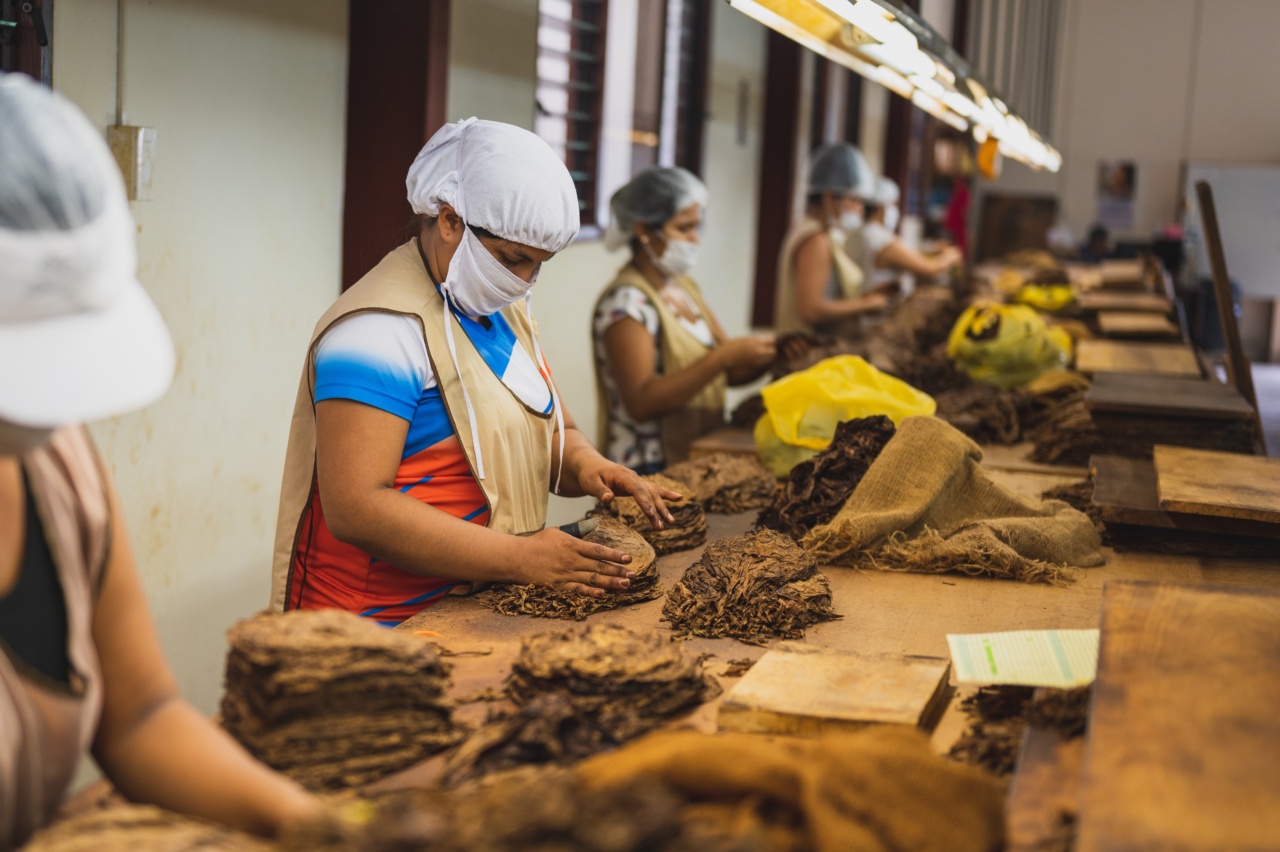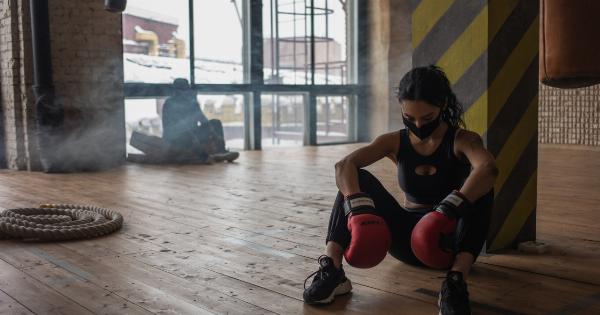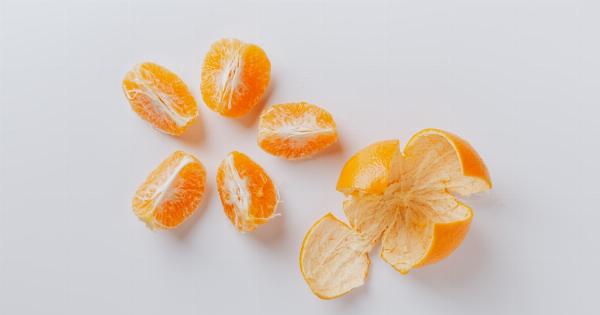The COVID-19 pandemic has made face masks an essential accessory in our everyday lives. Wearing masks helps protect us and those around us from the virus. However, not all masks are created equal. Different fabrics provide varying degrees of protection.
Understanding the Importance of Mask Fabric Pairing
Choosing the right fabric for your mask is crucial for optimal protection against viral particles. The World Health Organization (WHO) recommends using a mask with at least three layers of fabric.
Each layer serves a specific purpose in reducing the spread of the virus.
Fabric Layer 1: The Barrier Layer
The first layer, known as the barrier layer, is responsible for filtering out larger particles. It should be a tightly woven fabric that prevents respiratory droplets from passing through.
Fabrics like cotton twill, quilting cotton, or cotton-polyester blends are effective options for this layer.
Fabric Layer 2: The Filtration Layer
The second layer, the filtration layer, is designed to capture smaller particles. It acts as an additional barrier against airborne contaminants. Non-woven polypropylene fabric, commonly used in surgical masks, is an excellent choice for this layer.
Fabric Layer 3: The Absorption Layer
The final layer, the absorption layer, absorbs moisture from the wearer’s breath, preventing it from reaching the outer layers. Materials like cotton flannel or polyester-blend fabrics with high absorbency are ideal for this layer.
Factors to Consider for Mask Fabric Pairing
While the three-layered approach provides a good foundation, there are additional factors to consider when selecting the fabric for your mask:.
1. Breathability
A breathable fabric ensures that the wearer can comfortably breathe while wearing the mask. Avoid fabrics that are too dense or do not allow proper airflow.
2. Fit and Comfort
The mask should fit snugly over the nose, mouth, and chin without causing discomfort or irritation. Opt for fabrics that provide a comfortable fit and do not cause friction against the skin.
3. Durability
The durability of the fabric is important to ensure the mask can withstand repeated washing and maintain its effectiveness. Choose fabrics that are long-lasting and will not deteriorate quickly.
4. Moisture Wicking
Moisture-wicking fabrics draw moisture away from the wearer’s skin, reducing the risk of bacterial growth and making the mask more comfortable to wear for extended periods.
5. Fabric Density
Higher fabric density provides better filtration efficiency, but it should not compromise breathability. Strike a balance between filtration and breathability to ensure both protection and comfort.
Different Mask Fabric Pairing Options
Now that we understand the importance of mask fabric pairing, let’s explore some effective combinations:.
1. Cotton Twill + Non-Woven Polypropylene + Cotton Flannel
This combination offers an excellent balance of filtration, breathability, and comfort. The cotton twill serves as the barrier layer, the non-woven polypropylene as the filtration layer, and the cotton flannel as the absorption layer.
2. Quilting Cotton + Non-Woven Polypropylene + Polyester-Blend Interlock
Quilting cotton is a widely available fabric with good barrier properties. When combined with non-woven polypropylene and polyester-blend interlock, it provides effective filtration and moisture absorption.
3. Cotton-Polyester Blend + Non-Woven Polypropylene + Cotton Flannel
A cotton-polyester blend fabric offers increased durability while providing a good barrier. Paired with non-woven polypropylene and cotton flannel, it ensures both filtration and absorption.
Testing and Evaluating Mask Fabric Pairing
While these fabric pairings offer effective protection, it is essential to remember that no single combination can guarantee complete immunity.
Testing and evaluating masks through fit tests and filtration efficiency tests can provide further insights into their effectiveness.
Conclusion
Choosing the right fabric pairing for your face mask is crucial for maximizing protection against respiratory viruses like COVID-19.
A combination of barrier, filtration, and absorption layers using appropriate fabrics ensures a balance between safety and comfort. Remember to consider factors like breathability, fit, durability, moisture-wicking, and fabric density when selecting the materials for your mask. Stay safe!.































